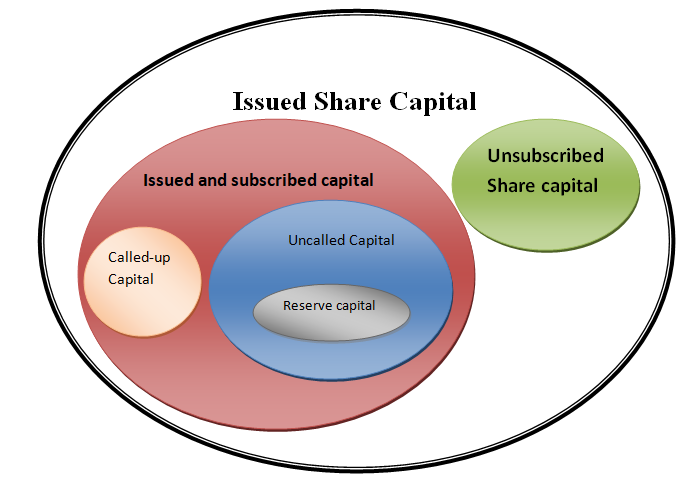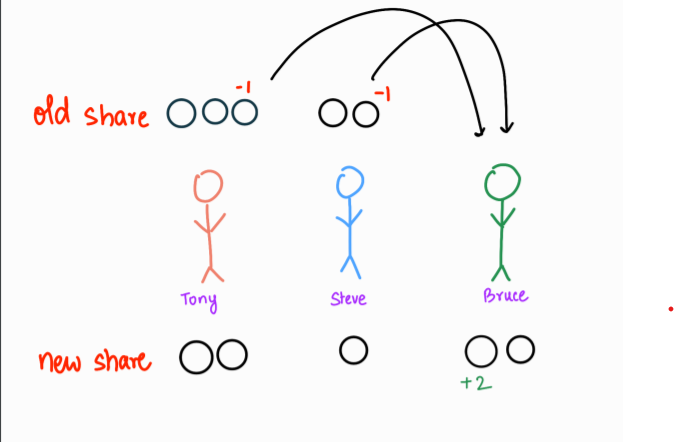Profits earned by a firm are not completely distributed to its owners, some of the profits are retained for various purposes. Reserves are profits that are apportioned or set aside to use in the future for a specific or general purpose. Reserves follow the Conservative Principle of accounting. ReveRead more
Profits earned by a firm are not completely distributed to its owners, some of the profits are retained for various purposes. Reserves are profits that are apportioned or set aside to use in the future for a specific or general purpose. Reserves follow the Conservative Principle of accounting.
Revenue reserve is created from the net profits of a company during a financial year. Revenue reserve is created from revenue profit that a company earns from the daily operations of the business.
Various types of reserves are:
- Capital Redemption Reserve: It is created to issue fully paid bonus shares or reduction of capital in accordance with Article 3 of the Companies Act, 2013.
- General Reserve: It is a reserve created to provide for various requirements of the company from time to time.
- Debenture Redemption Reserve: It is required by the Companies Act, 2013 to transfer the amount of debentures that are going to be redeemed in the following year to minimize the risk of default.
- Securities Premium Reserve: When shares and debentures are issued at a price higher than the book value, then such higher amount is transferred to Securities Premium Reserve
- Revaluation Reserve: It is created to revalue the assets and liabilities and provide for gain or loss.
Different parts of profit are apportioned to create a different reserve and those reserves can only be used for purposes as defined.
While accounting for Revenue Reserve, the profit decided to transfer to Revenue Reserve are first transferred to Profit and Loss Appropriation Account and then to Revenue Reserve Account. In the balance sheet, Revenue Account is shown under the Capital and Reserves head.
| Liabilities | Amount | Amount |
| Share Capital | ||
| Reserve and Surplus | ||
| General Reserve | ||
| Capital Redemption Reserve | ||
| Securities Premium Account | ||
| Profit and Loss Account |
Uses of Revenue Reserve:
- Revenue Reserves are created to expand business or for meeting contingencies that may arise in the future.
- It can also be used to distribute dividends or bonus shares to its shareholders.
Example:
Given that Revenue Reserve Account stands at Rs 1,00,000 and the company wants to distribute Rs. 40,000 as dividend to its shareholders. The treatment of this transaction in the financial statements will be-
Particulars Amount (Rs.)
Revenue Reserve Account 1,00,000
(less) Dividend distributed (40,000)
The amount shown in Balance Sheet 60,000
See less




A revenue reserve is a type of reserve where a portion of the net profit is set aside for future requirements. It serves as a great source of internal finance for the company to meet its short term requirements. The funds put into this reserve are earned from the daily operations of a company. RevenRead more
A revenue reserve is a type of reserve where a portion of the net profit is set aside for future requirements. It serves as a great source of internal finance for the company to meet its short term requirements. The funds put into this reserve are earned from the daily operations of a company. Revenue reserves are shown on the liabilities side of a balance sheet under reserves and surplus. Some examples of revenue reserve are :
Retained Earnings is that part of the net profit which is left after the distribution of dividends to shareholders. This amount can be invested in the company to gain profits. It is not technically a reserve as it is held after distribution of dividends but it can still be used as one.
On the other hand, a capital reserve is not a part of the revenue reserve. It is created from capital profits to finance long term projects of a company. It is used for specific purposes only.
See less